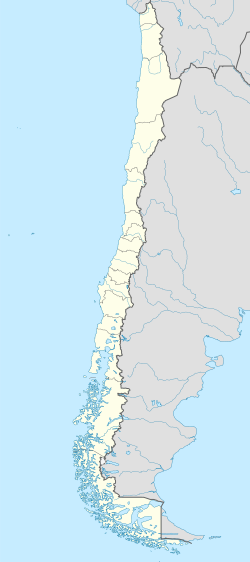|
Llanquihue Province Provincia de Llanquihue | |
|---|---|
 Llanquihue Lake and the Osorno Volcano | |
 Location in the Los Lagos Region | |
| Coordinates: 41°20′S72°50′W / 41.333°S 72.833°W | |
| Country | Chile |
| Region | Los Lagos |
| Capital | Puerto Montt |
| Communes | |
| Government | |
| • Type | Provincial |
| • Governor | Leticia Oyarce Kruger (UDI) |
| Area | |
• Total | 14,876.4 km2 (5,743.8 sq mi) |
| Population (2012 Census) [1] | |
• Total | 368,127 |
| • Density | 25/km2 (64/sq mi) |
| • Urban | 232,962 |
| • Rural | 88,531 |
| Sex | |
| • Men | 162,636 |
| • Women | 158,857 |
| Time zone | UTC-4 (CLT [2] ) |
| • Summer (DST) | UTC-3 (CLST [3] ) |
| Area code | 56 + 65 |
| Website | Government of Llanquihue |
Llanquihue Province (Spanish : Provincia de Llanquihue) is one of four provinces of the Chilean region of Los Lagos (X). Its capital is Puerto Montt.
Contents
The region is well known for the beauty of its natural environment as well as for the food and seafood from the ports of Puerto Montt and Calbuco.


